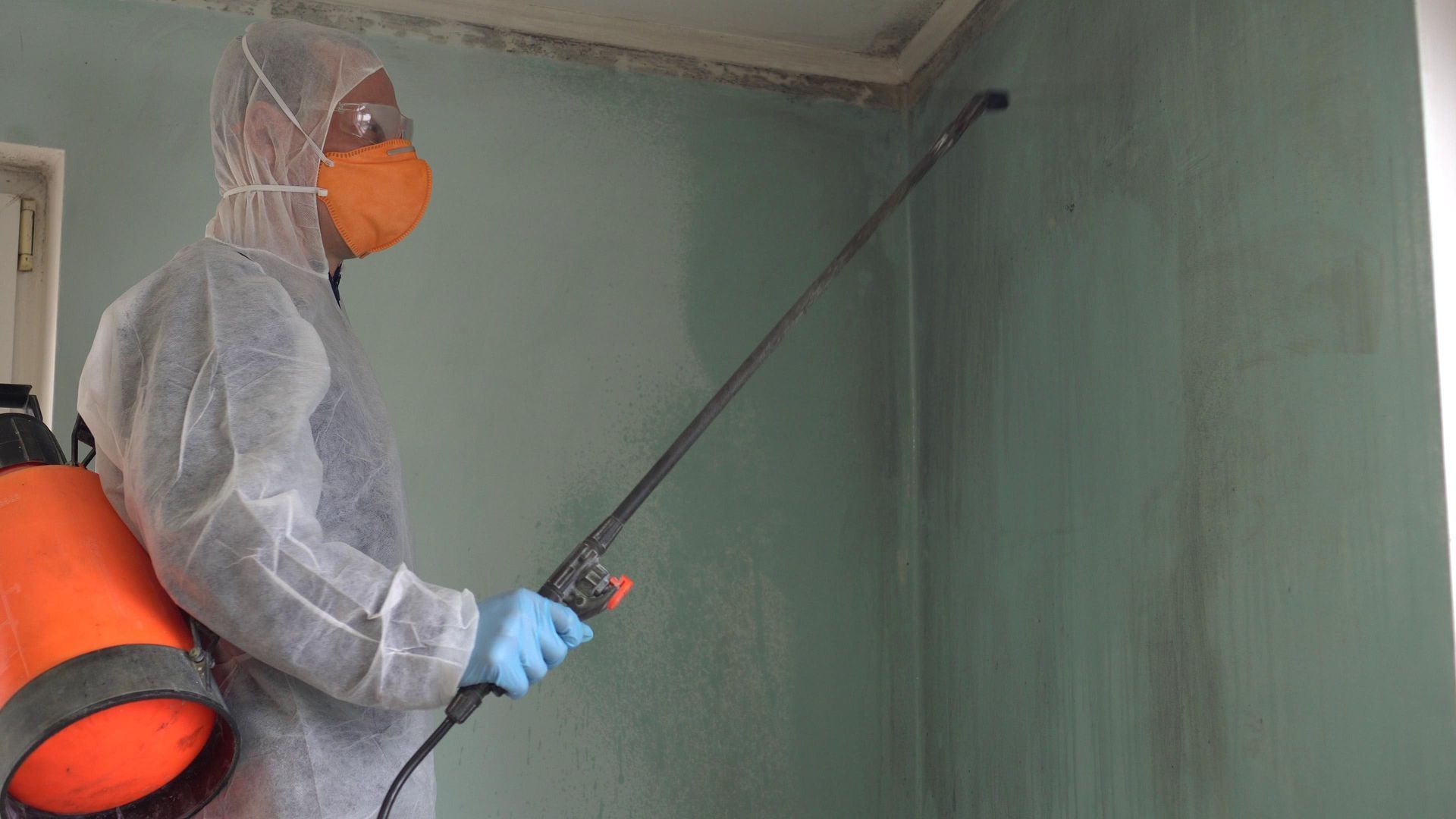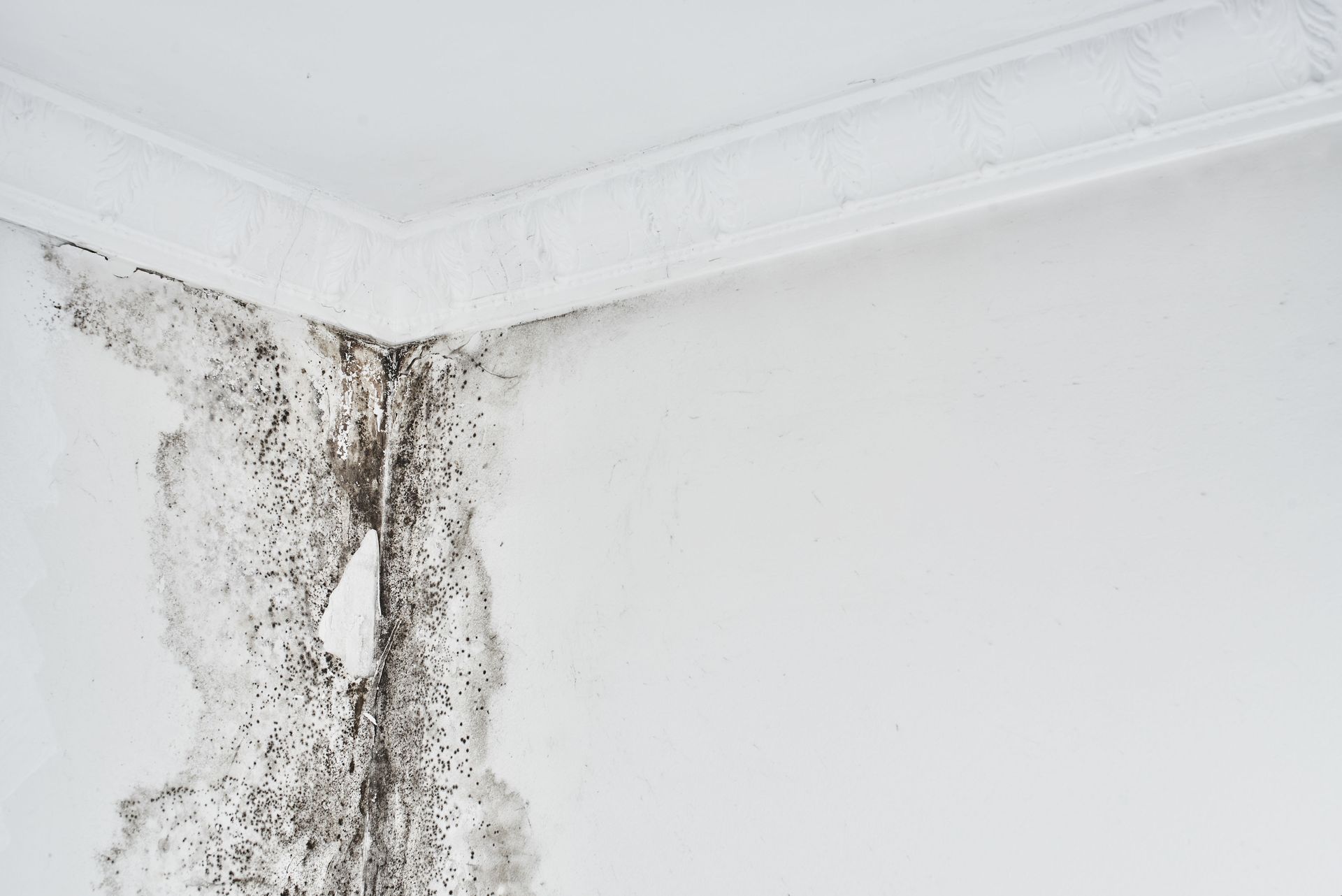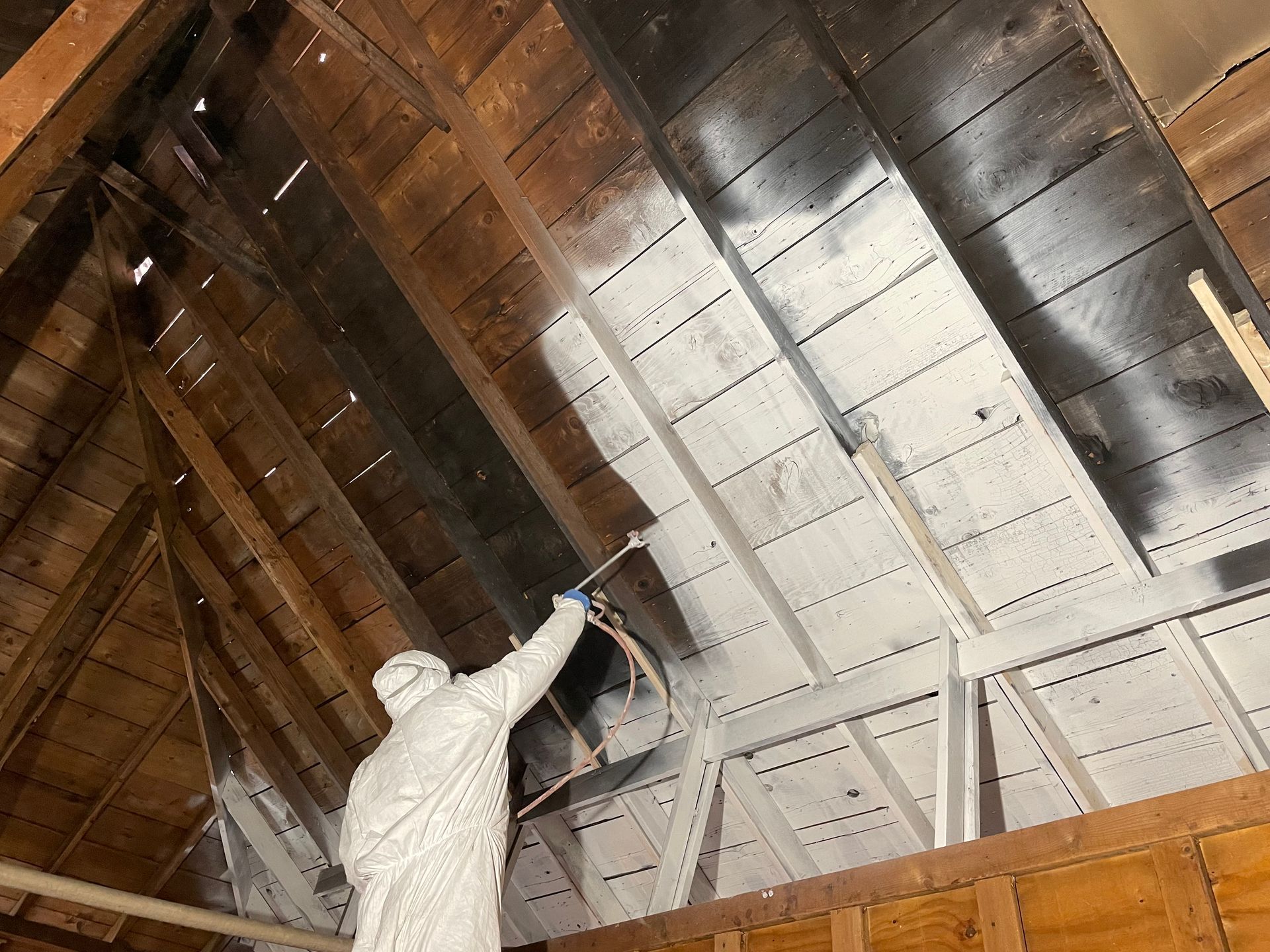July 10, 2025
After mold has been removed from your home, it's natural to wonder whether the remediation process was truly successful. Mold can be tricky because it hides behind walls, thrives in damp places, and sometimes reappears even after treatment. Knowing what to look for helps ensure your home is safe, clean, and protected from future infestations. This guide outlines key indicators of successful mold remediation, enabling you to proceed with confidence and peace of mind.
1. Check for Visible Signs of Mold
Start by inspecting areas where mold was previously found, such as basements, bathrooms, or around windows and pipes. If the areas remain clean, dry, and free of discoloration or fuzzy growth, remediation was likely effective. Be sure to check both horizontal and vertical surfaces, as mold can cling to walls, tiles, and woodwork. Take photos for comparison to earlier stages to track any changes over time.
In addition to checking common areas, be sure to inspect less obvious locations, such as attics and crawl spaces, which are frequently overlooked during mold assessments. These areas often suffer from poor ventilation, allowing humidity and condensation to accumulate and create ideal conditions for mold growth. Watch for subtle warning signs such as warped wood, peeling paint, musty odors, or unusual discoloration on walls, insulation, or beams. Even if mold isn't immediately visible, these indicators may signal that it's developing behind surfaces or within structural materials, requiring further investigation or professional mold remediation.
2. Look for Persistent Odors
A lingering musty smell is one of the most common and noticeable signs that mold may still be present in your home. These odors are often strongest in confined or poorly ventilated areas, such as closets, basements, or crawl spaces, where stagnant air allows mold spores to accumulate and thrive. If you continue to detect this scent after remediation, it could indicate that the removal process was incomplete or that hidden moisture remains. Even in the absence of visible mold growth, persistent odors often indicate the presence of mold colonies that are not easily visible, lurking behind walls, under flooring, or within insulation.
Test for mold-related odors at various times of the day and under different humidity conditions to get a clearer picture of whether mold is still present. Early mornings, humid afternoons, and late evenings can all affect how strongly odors are detected, especially in enclosed or poorly ventilated spaces. Persistent musty smells across different conditions may indicate that moisture issues remain unresolved or that mold remediation was not entirely successful. If the smell persists despite improved airflow and moisture control, it's essential to schedule a professional inspection to evaluate whether additional services are needed.
3. Evaluate Air Quality
Air quality testing is a valuable tool for verifying the success of mold remediation by measuring the concentration of airborne mold spores. After remediation, a significant reduction in indoor spore levels compared to baseline readings is a strong indication that the removal efforts were effective. It's essential to conduct tests both indoors and outdoors, as mold spores are present in all environments. When post-remediation test results show a noticeable drop in indoor spores relative to outdoor levels, it typically signals that the process was thorough and the space is now safer to occupy.
Mold inspections play a crucial role in evaluating the effectiveness of remediation by analyzing air quality test results and identifying any remaining sources of contamination. Professional expertise ensures a more accurate assessment, offering homeowners greater peace of mind that their living environment is truly mold-free. In addition to pinpointing problem areas, inspectors often provide recommendations for long-term prevention, such as implementing regular air monitoring or upgrading HVAC filtration systems to improve indoor air quality. Documenting these evaluations is not only beneficial for maintaining a healthy home but also serves as a valuable asset when selling or refinancing a property, as it demonstrates that thorough remediation has been completed.
4. Inspect for Water Damage
Mold thrives in damp environments, so check areas recently exposed to leaks or flooding. Ensure carpets, walls, and subfloors are completely dry. Lingering moisture creates the perfect conditions for mold to return, even after initial remediation. Use tools like moisture meters or infrared cameras to detect dampness that's not visible. Promptly addressing any hidden moisture can prevent costly mold growth and protect your home's structural integrity.
Moisture left untreated invites mold back, negating any remediation efforts. According to Ruby Home, home resale values can drop 20-37% due to mold issues, making thorough inspections critical. This level of property devaluation highlights the importance of ensuring that every moisture issue has been resolved. Even minor leaks behind walls or under flooring can trigger new growth if not properly addressed. Preventative steps now can save thousands in future repairs or lost equity.
5. Confirm Long-Term Success
A few weeks after remediation is complete, it's essential to revisit the previously affected areas to ensure that no new growth has appeared. If these spaces remain dry, free of discoloration, and without musty odors, it's a strong sign that the remediation process was successful. Use a hygrometer to consistently monitor humidity levels, aiming to keep indoor humidity below 50%, which is considered the threshold for preventing mold growth. Maintaining a stable, dry environment not only prevents mold from returning but also supports the long-term effectiveness of the remediation efforts.
Improving ventilation, managing moisture levels, and conducting follow-up testing are essential steps in confirming that mold remediation has been successful and in preventing mold from returning. These combined efforts help create a healthier indoor environment by reducing the humidity and damp conditions that mold needs to thrive. Practical measures such as installing exhaust fans in bathrooms, using dehumidifiers, or upgrading insulation can significantly improve air circulation and moisture control within your home. By staying proactive with these strategies and regularly monitoring your living spaces, you can effectively defend against future mold infestations and protect your property's value.
6. Maintain Ongoing Prevention and Monitoring
After completing a remediation, it's important to establish routines that prevent mold from returning. Regularly inspect areas prone to moisture buildup, such as basements, bathrooms, and crawl spaces, to catch any signs of dampness early. Using tools like hygrometers and moisture meters can help you track humidity levels and detect hidden wet spots before they turn into mold problems. Consistent maintenance of ventilation systems and prompt repairs of leaks or water damage are key components in sustaining a mold-free environment.
In addition to physical upkeep, ongoing monitoring may include periodic professional assessments to ensure the home remains safe over time. Mold professionals can offer tailored advice on preventive measures specific to your home's conditions and climate. Investing in routine inspections and moisture control not only protects your family's health but also preserves your property's value in the long run. By staying vigilant, you can avoid costly remediation down the road and enjoy a healthier living space for years to come.
Mold remediation doesn't end with removal—it ends when your home is safe, clean, and mold-free for the long haul. By monitoring key signs and seeking professional help when needed, you can feel confident that your efforts were practical. Taking these extra steps protects both your health and the value of your property. Contact Clean Green Restoration for expert services that protect your health and your home's value.




